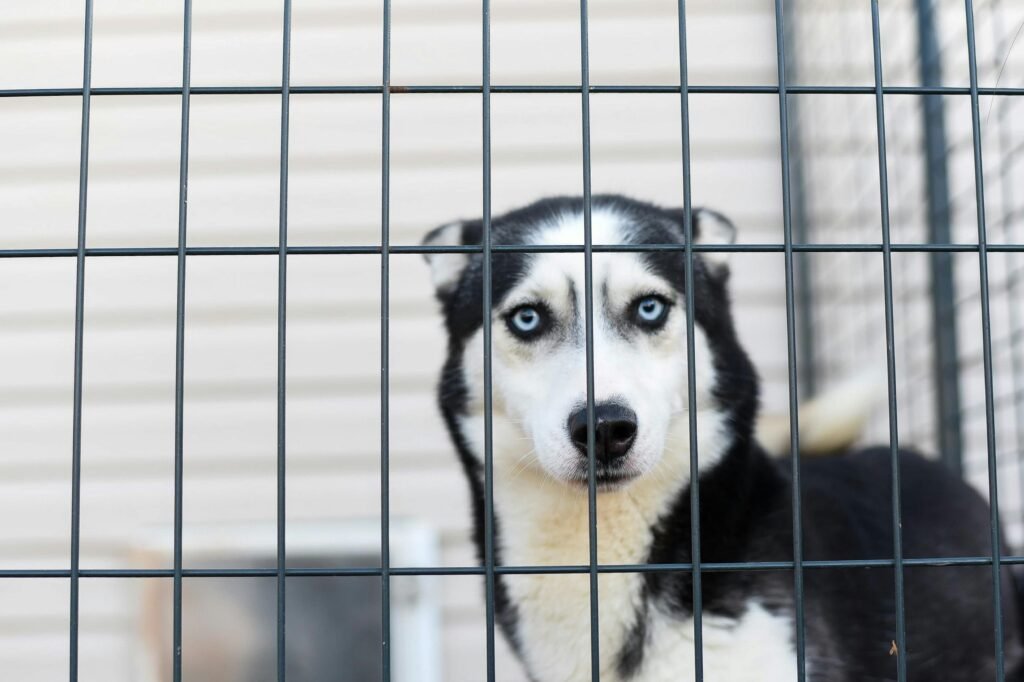The Dog’s Sanctuary: Understanding the Importance of a Well-Designed Crate
Dogs, as pack animals, possess a natural instinct to seek shelter and security. A well-designed crate can provide them with a safe and comfortable space to retreat to, fostering a sense of calm and well-being. Just as humans find solace in their homes, dogs can benefit greatly from having their own personal haven within the household.
Creating a Cozy Retreat
When selecting a crate for your dog, it’s essential to prioritize comfort and safety. The crate should be large enough for your dog to stand up, sit down, and turn around comfortably. Avoid crates that are too small, as they can cause stress and anxiety.
To make the crate feel more inviting, consider adding a soft blanket or bed. You can also include their favorite toys or a calming scent like lavender. Personalizing the crate will help your dog associate it with positive experiences.
Respecting Their Space
It’s crucial to recognize that the crate is your dog’s private sanctuary. Avoid entering the crate without their permission, as this can make them feel invaded and anxious. If you need to access the crate, gently knock or call out to let them know you’re approaching.
The Dangers of Hitting or Scolding
Hitting or scolding your dog while they are in their crate is a harmful practice that can have severe consequences. This type of punishment can create fear and anxiety, associating the crate with negative experiences. Instead of resorting to punishment, focus on positive reinforcement and gentle training techniques.
Building a Positive Association
To help your dog view the crate as a safe and comforting place, gradually introduce them to it. Start by leaving the crate door open and placing treats or toys inside. Encourage them to explore the crate at their own pace. As they become more comfortable, you can begin closing the door for short periods.
Always reward your dog for entering and staying in the crate. This positive reinforcement will help them associate the crate with good things, such as treats, praise, or playtime.
Understanding Their Needs
Dogs, like humans, have individual personalities and needs. Some dogs may naturally gravitate towards their crates as a place to relax, while others may take longer to adjust. Be patient and understanding, and never force your dog into the crate.
Alternative Uses for Crates
In addition to providing a safe haven, crates can serve various purposes. They can be used during travel, to prevent destructive behavior when left alone, or as a training tool. However, it’s important to use crates responsibly and ensure that your dog is always comfortable and stress-free.
Conclusion
A well-designed crate can be a valuable asset for any dog owner. By creating a cozy and inviting environment, respecting their space, and avoiding punishment, you can help your dog develop a positive association with their crate. A crate can provide a sense of security, comfort, and peace of mind for your furry friend.

